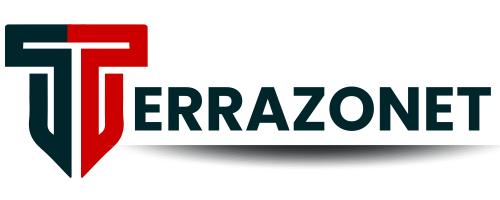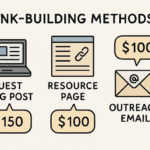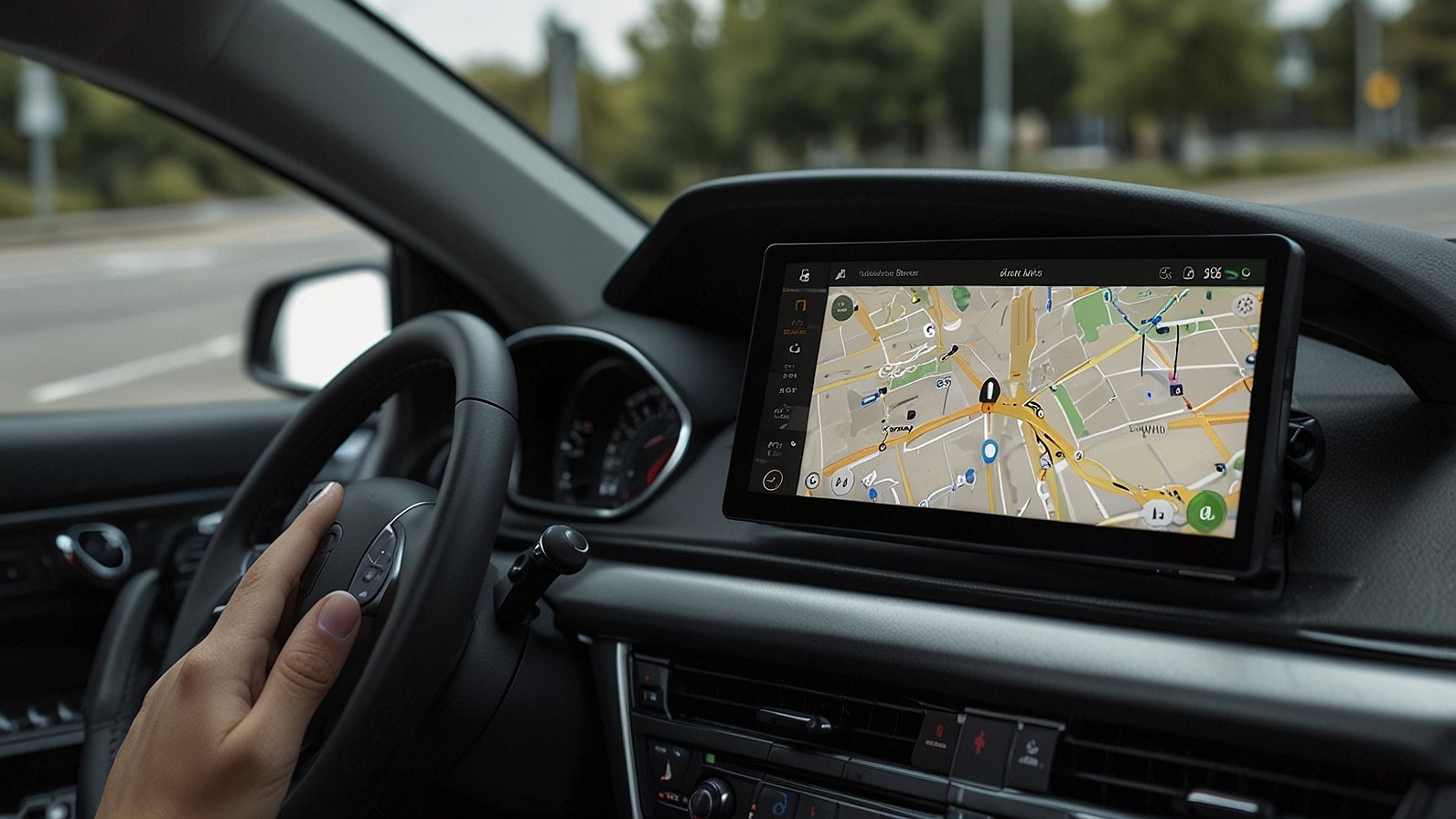Introduction
As the automotive industry accelerates toward autonomous and semi-autonomous vehicles, the backbone of this transformation lies in the accuracy and reliability of Advanced Driver Assistance Systems (ADAS). These systems rely heavily on machine learning algorithms trained on meticulously annotated data. ADAS annotation plays a pivotal role in ensuring vehicles can perceive, process, and respond to complex real-world environments with minimal human intervention.
In this article, we explore how ADAS annotation services contribute to safer driving experiences, why high-quality datasets are crucial for automotive AI, and how innovation is shaping the future of mobility. We also highlight key players leading the charge in this specialized field.
What Is ADAS Annotation and Why Does It Matter?
ADAS annotation involves labeling image, video, or LiDAR data captured by vehicle sensors to train machine learning models. These labels may include lane markings, road signs, pedestrians, traffic lights, vehicles, and even weather conditions. Such annotations teach AI systems to identify and respond to elements in dynamic traffic situations.
Inconsistent or poorly labeled data can result in life-threatening errors. For example, an unrecognized pedestrian or misinterpreted road sign can lead to catastrophic outcomes. Accurate annotation ensures that ADAS can correctly interpret the environment, enabling safe lane-keeping, adaptive cruise control, emergency braking, and obstacle avoidance.
Types of Annotations Used in ADAS Systems
- Bounding Boxes – Identify and frame objects such as cars, bikes, and pedestrians.
- Semantic Segmentation – Break down images into pixel-level categories, differentiating roadways from sidewalks or barriers.
- Instance Segmentation – Goes beyond semantic segmentation to distinguish between multiple instances of the same object class.
- Keypoint Annotation – Tracks movement patterns, like pedestrian gait or vehicle wheel orientation.
- LiDAR Point Cloud Annotation – Annotates 3D data for depth and distance estimation in real-time.
Together, these annotations equip ADAS systems to make safe, informed decisions under varying driving conditions.
Importance of Scenario-Based Training Data
Modern annotation is not just about static labeling; it’s about context. Annotators today are tasked with capturing dynamic scenarios that reflect real-life complexities: merging lanes, low-visibility areas, school zones, and unexpected pedestrian movement.
Initiatives like Democratizing Scenario Datasets for Autonomy are helping developers build comprehensive datasets that reflect the diversity and unpredictability of global driving environments. From snowy mountain passes to densely populated cityscapes, scenario datasets are becoming critical for robust ADAS training pipelines.
Challenges in ADAS Annotation
Despite technological advancements, ADAS annotation remains resource-intensive and complex due to:
- High Variability: Weather, lighting, and geography can drastically alter visual data.
- Data Volume: Self-driving cars generate terabytes of data every day that must be accurately labeled.
- Edge Cases: Annotators must label rare but critical scenarios, such as emergency vehicle response or multi-vehicle collisions.
- Time Sensitivity: With rapid changes in vehicle models and sensor hardware, annotation processes must be agile and adaptable.
Addressing these challenges requires a blend of skilled human annotators and AI-assisted labeling tools to ensure consistency, scalability, and accuracy.
Role of AI and Human-in-the-Loop in Enhancing Annotation
The future of ADAS annotation lies in a hybrid model. Automated pre-labeling with human-in-the-loop validation is emerging as the most efficient approach to manage large datasets without compromising quality. This method accelerates project timelines while ensuring precision in critical annotations.
For example, as generative AI models become more widespread in the annotation ecosystem, techniques such as Fine-Tuning for Large Language Models are being explored to support synthetic data generation and semi-automated annotation in complex environments. These innovations not only increase efficiency but also reduce the costs associated with building scalable datasets.
Top 5 Companies Providing ADAS Annotation Services
As the demand for high-quality ADAS annotation continues to rise, several companies have emerged as leaders in this space:
- Scale AI: Known for its large-scale annotation platforms, especially in autonomous vehicle training.
- Digital Divide Data (DDD): Offers scalable ADAS annotation solutions across video, LiDAR, and radar data, supporting safety-critical systems through accurate and ethical data labeling.
- Appen: Offers a mix of text, image, video, and LiDAR annotation with a global workforce reach.
- Samasource (Sama): Delivers impact-sourcing-based annotation with a strong focus on automotive AI.
- Cogito Tech: Provides advanced annotation services for ADAS, including LiDAR and semantic segmentation.
Each of these companies offers unique strengths ranging from cloud-based automation to ethical sourcing that contribute to the evolution of ADAS technologies.
The Future of ADAS Annotation
As vehicles inch closer to full autonomy, annotation practices will evolve beyond manual labeling to include real-time learning and self-updating models. Federated learning, edge computing, and onboard AI will begin to supplement centralized training models.
Further, global collaborations and open dataset sharing will redefine how autonomous vehicles are trained, making the process more inclusive and representative of real-world diversity.
Conclusion
ADAS annotation is not just a technical process; it is the cornerstone of safe, intelligent transportation. Through high-quality labeling, scenario-based training, and the integration of advanced AI tools, annotation services are transforming how vehicles understand and respond to the world around them.
As innovation continues, annotation providers must adapt rapidly, maintaining high standards of accuracy, scalability, and ethical data practices. By doing so, they play a vital role in the shift toward safer roads and smarter mobility worldwide.
You May Also Read: Smart HVAC Technology: The Future of Home Comfort



















